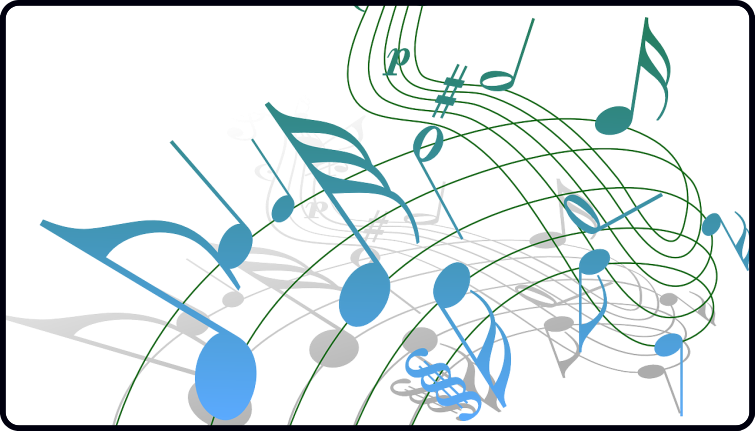The other day I talked about how theory can save a tonne of time.
Here’s an example of how:
In the Fingerstyle 101 Facebook group, we are writing a song.
…And soon we will be looking at writing melodies for the song.
This will include vocal melodies (which are usually the most important part of a song) and melodies played on the guitar (such as in the intro).
As I’ve said before, you can use trial and error for writing songs (this takes a really skilled ear and lots of practice though)…
…Or you can use a little theory knowledge to create strong melodies in moments.
For instance, when it comes to writing melodies, here’s a little guide:
- The song we are writing is in the key of G, so you want to make sure you create your melodies using the G Major scale (which uses the notes of G A B C D E F#).
- You don’t want to play any random notes from the scale though, as some notes will sound better at certain points than others.
- For example, if you have a G chord, it is worth knowing that this chord is made up of the notes of G-B-D.
- When creating a melody over the G chord, it makes sense to focus on those three G-B-D notes.
- You can play other notes too, but a key tip is to start and finish the melody on one of these three notes. If you do, the melody will usually sound pretty strong.
- Other notes in the scale (which are A C E F#) can be used as “passing notes” in a melody, but focusing on the notes of G B D will lead to a strong melody when played over a G chord.
A key thing to remember is that the chord you are playing and the melody you create need to work together – they are not separate things.
Many people get this wrong and that leads to weak or “odd” sounding melodies.
The above can be tricky to understand at first, so do re-read this email a few times if you need to.
The more you practise this sort of thing and the more you refresh it, the more it will make sense.
Theory takes a bit of work, but the work upfront can save you a tonne of time down the line.
Anyway, I hope you found that useful.
I’m covering how to create melodies using theory in more detail in video, with some really cool examples in a new Dan Thorpe Acoustic Academy lesson, which I’ve released today.
To get this lesson, you will need to join by midnight tonight. If you do, you get lifetime access to this lesson (and the other new ones I’ve released today on foot tapping and “reverse” barre chords).
Once this makes sense, you probably won’t look at theory the same way again.
Check out the Dan Thorpe Acoustic Academy here
Have fun jamming!
Dan Thorpe
Guitar Domination
P.S. This post was originally taken from Dan Thorpe’s private email list. To get blog posts like this sent to you which are full of great tips to make fingerpicking, strumming, and learning guitar more enjoyable (especially if you are over 40) join Dan’s list. It’s 100% free, HERE.


Add Comment